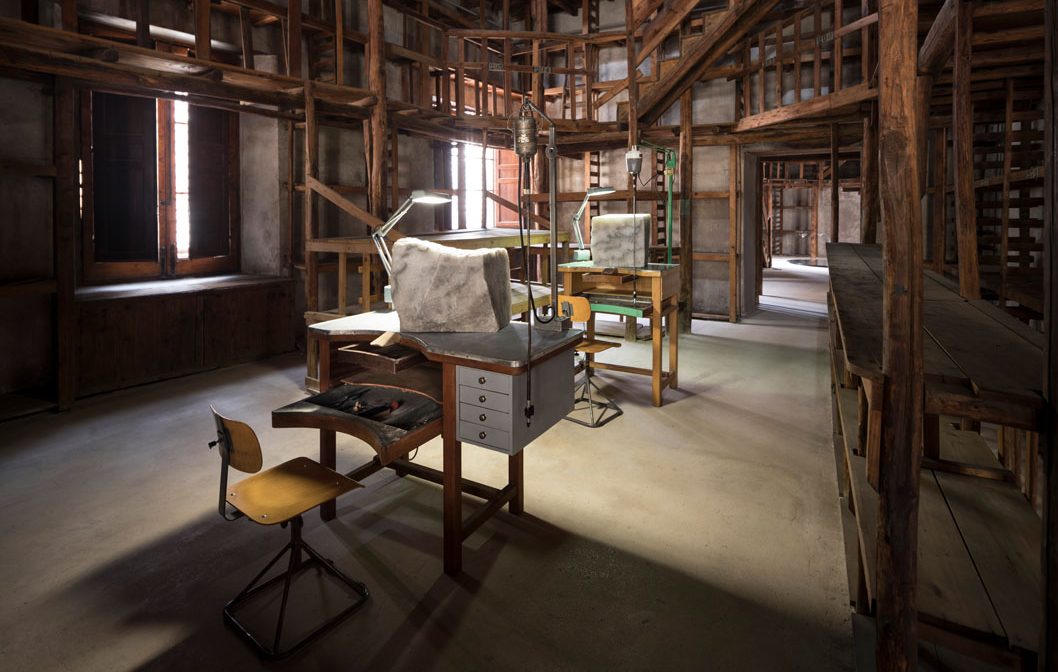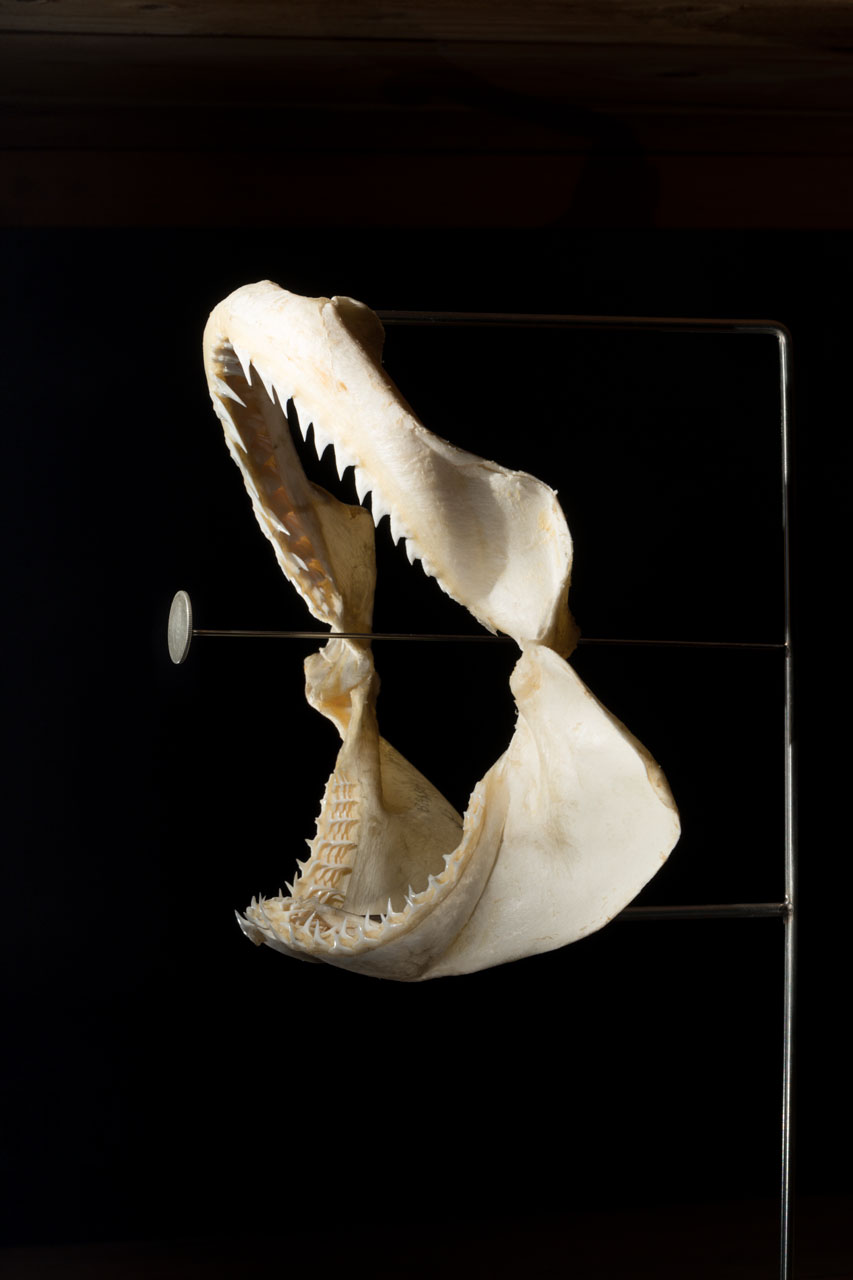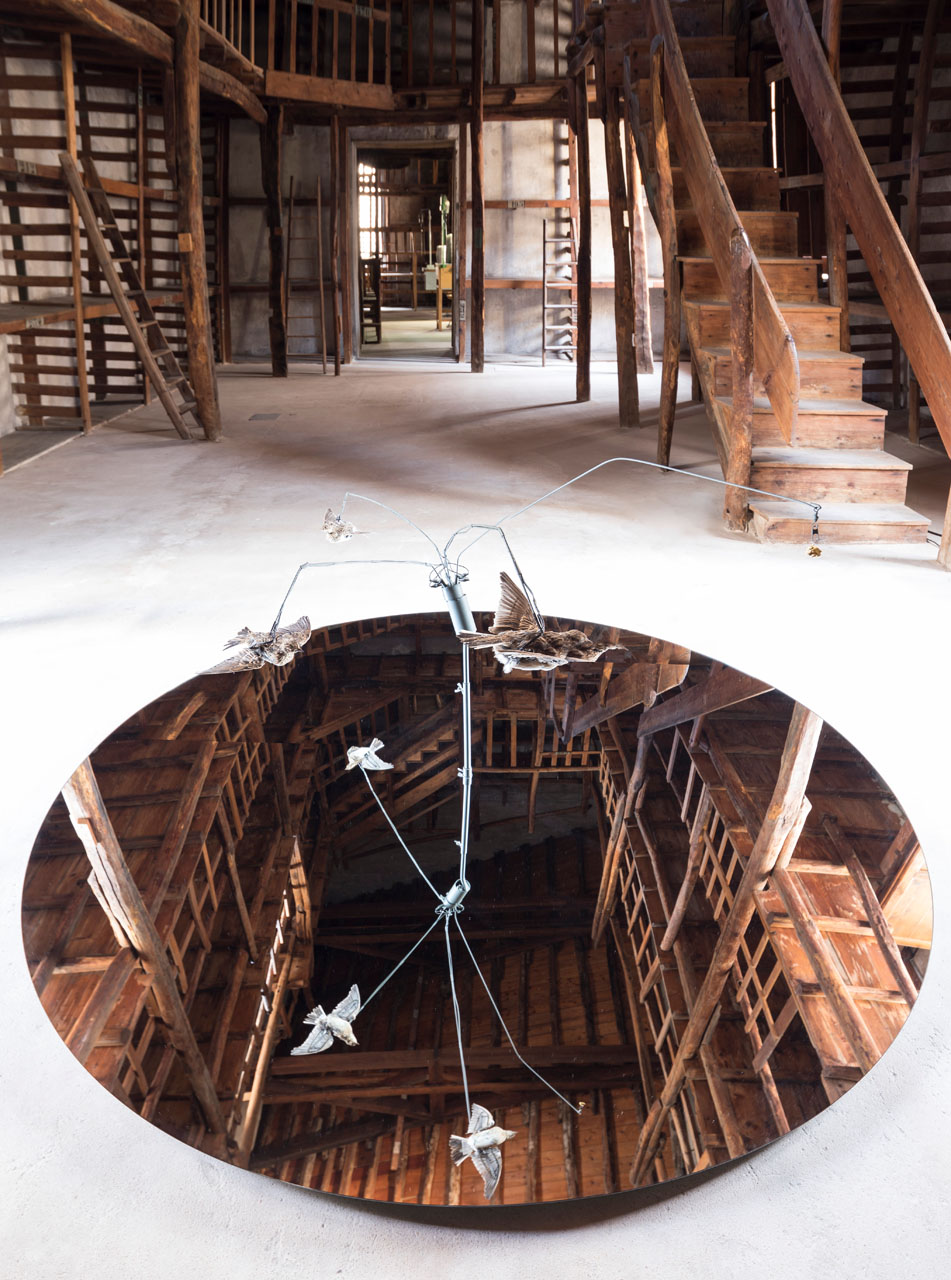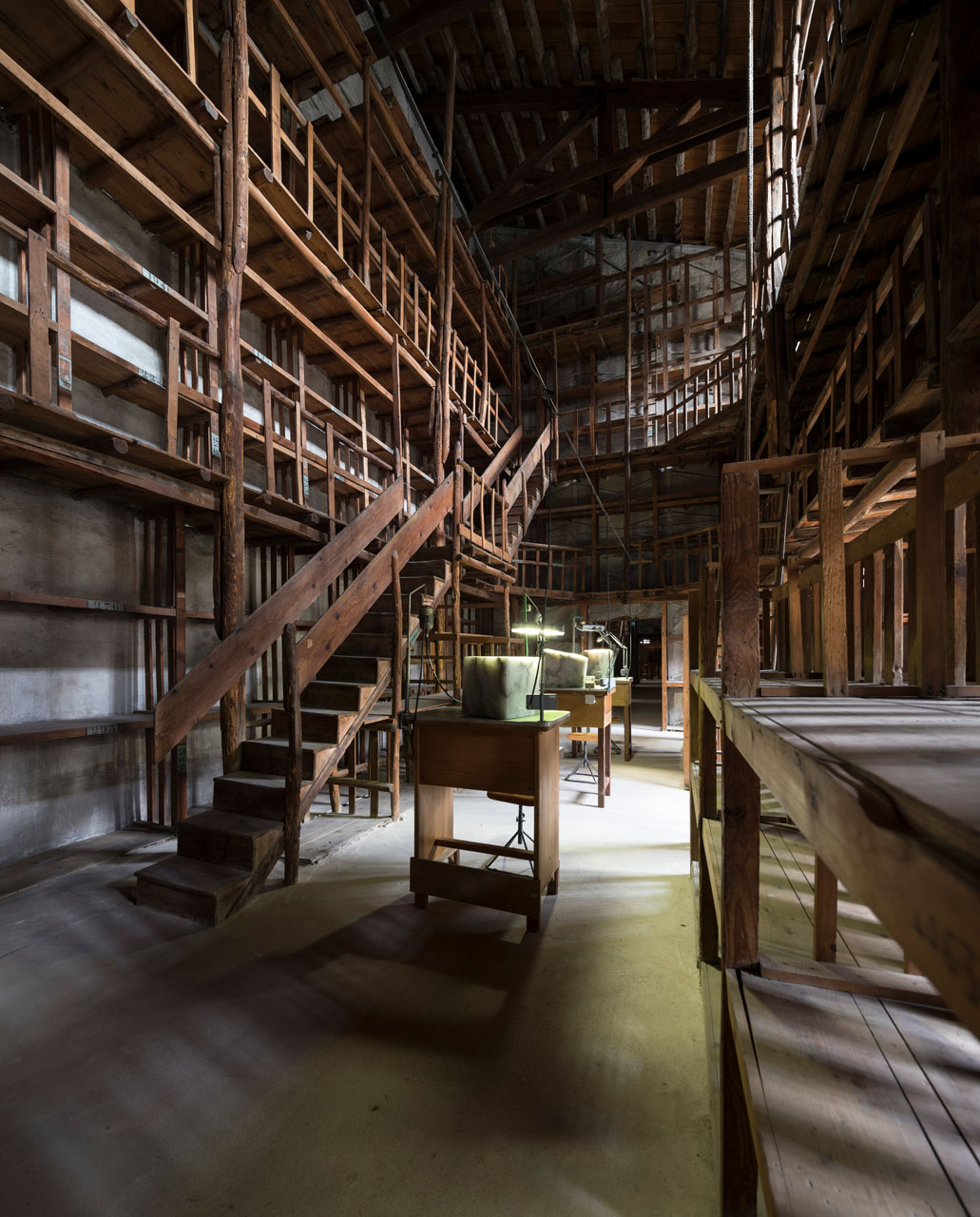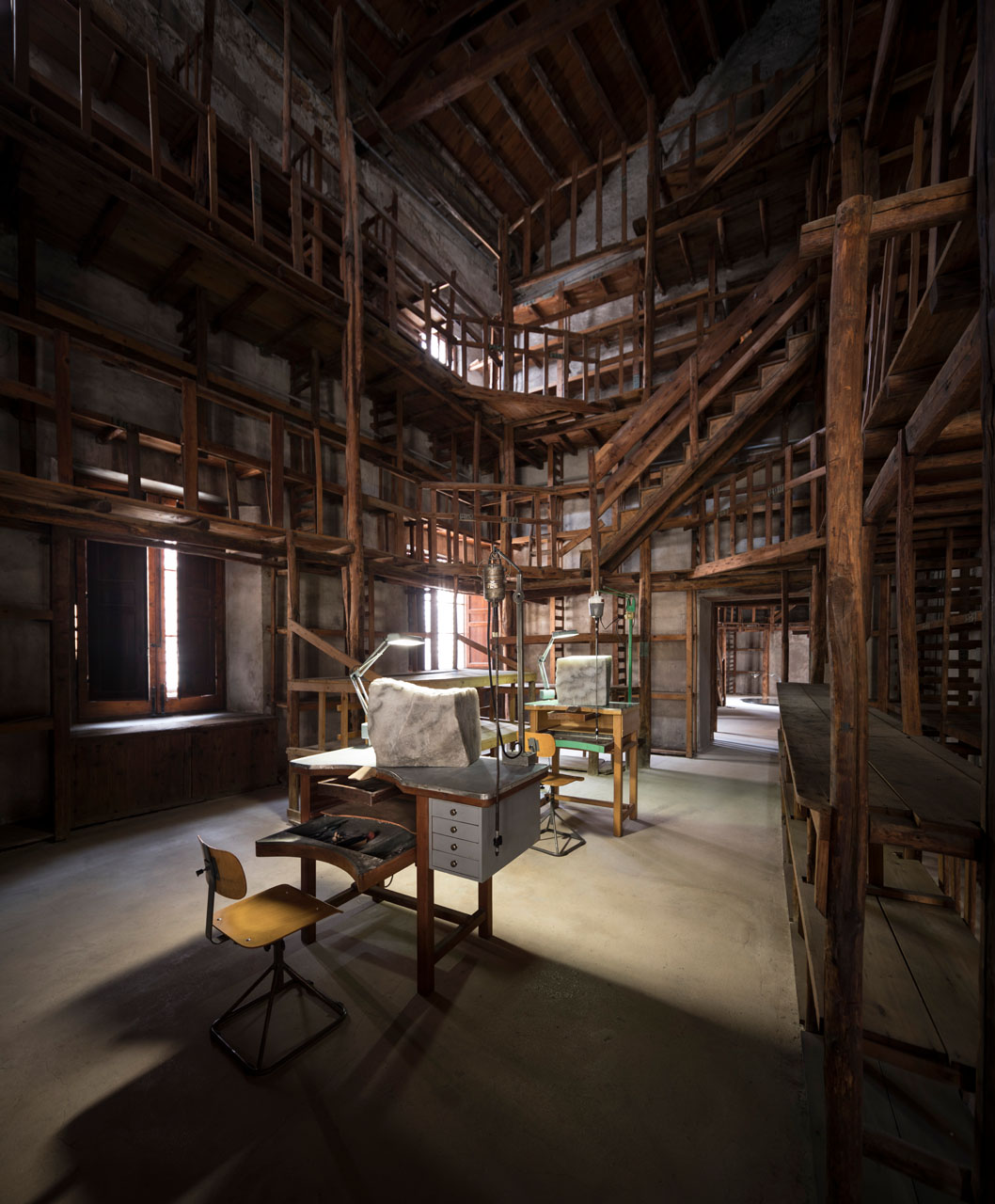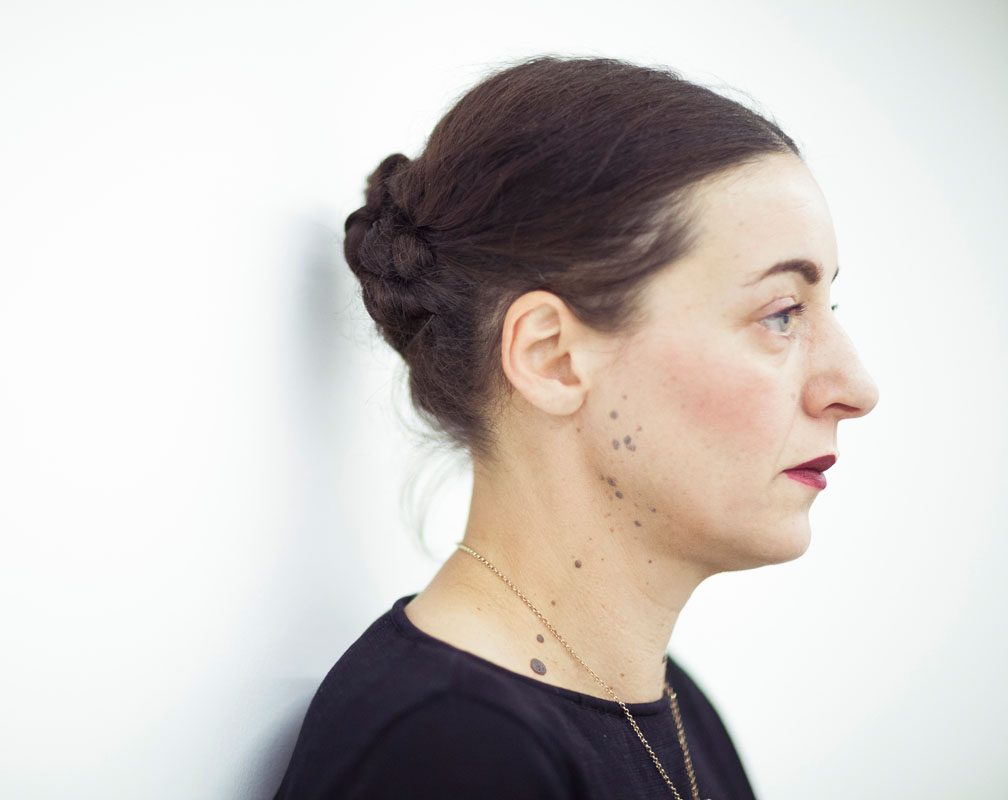The solo exhibition of Marzia Migliora (Alessandria, 1972) Voce del verbo avere, born from the collaboration between Fondazione Merz and Fondazione Sicilia, will open on Saturday 8th September at 6 p.m. at the former Monte dei Pegni in Palazzo Branciforte.
The exhibition, curated by Valentina Bruschi and Beatrice Merz and open until November 4, is part of the initiatives of Palermo as Italian Capital of Culture 2018 and is part of Punte brillanti di lance, a program of exhibitions and events launched in 2017 by the Merz Foundation for the City of Palermo.
Marzia Migliora's project starts from the strong suggestions given back to her by the former Monte dei Pegni, creating a link with the present starting from the historical memory of the place, to trigger a political and social reflection on the current condition of mankind. Also known as Monte dei Panni, the deposit of the Monte di Pietà unwinds in an intricate labyrinth of rooms with wooden structures at full height, composed of shelving where the goods were housed. For about two centuries, people in a state of destitution deposited dowries, trousseaus and personal objects there in exchange for a few coins, and then tried to redeem them again.
The works designed by the artist for the space in Palermo start from the concept of economy, starting from the etymological decomposition of the term into oikos (house, understood as family, but also goods and community) and nomos (rule): at the Monte di Pietà the destitute people were forced to commit family goods (oikos), to try to comply with the rules imposed by the state and the community and to meet the basic needs of subsistence (nomos). The two terms represent the common conceptual element in each work on display, along with the themes of money, food and hunger. The ambiguity of money, which on the one hand frees one from being a slave, but on the other establishes new slavery, constitutes a fundamental concept in Marzia Migliora's work. In fact, access to food also depends on money, a primary need for the human being's subsistence: hunger is, therefore, the trigger to leverage and activate analogies and dissonances, relationships between full and empty, wealth and poverty, destitution and security, nutrition and abstinence, inclusion and exclusion.
